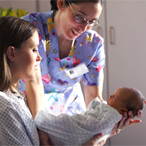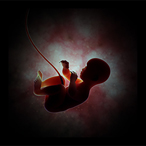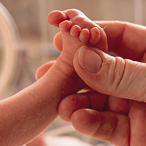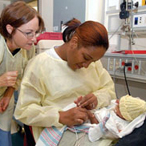Researchers identify source of inflammatory cells in endometriosis
Researchers have discovered the source of a cell type central to endometriosis, an oftentimes painful disease that occurs when tissue that lines the inside of the uterus grows outside of the uterus.


















 BACK TO TOP
BACK TO TOP